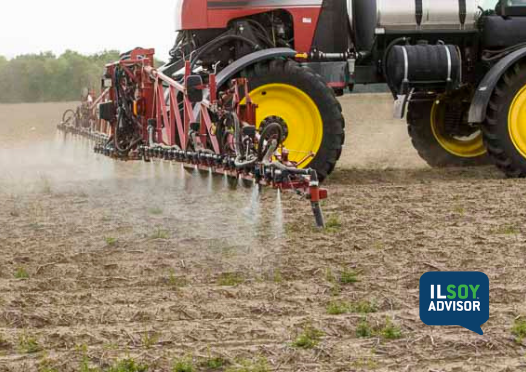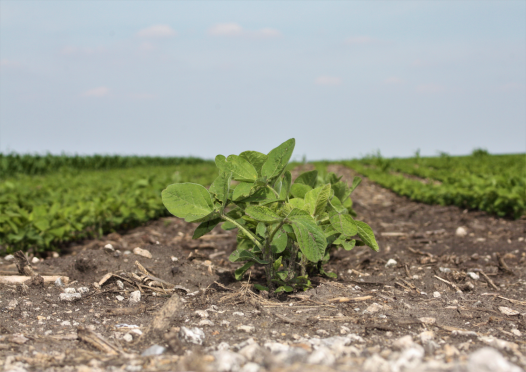ILSOYADVISOR POST
Weed Management: Weeds - Time to Face the Music
Let’s talk about weeds. In the last few years we have accomplished less than stellar weed control in our soybeans. Some of the lack of performance can be attributed to Mother Nature being uncooperative and not allowing us to get the herbicides on in a timely fashion, but not all. In fields where we have had major escapes we need to launch a full-on attack in 2016 due to the potential increase in density and potential impact on yield. Weed control is not the place to cut corners after major disasters.
In order to build a good weed control program the first step is identification. The weeds need to be properly identified so the best suited herbicide program can be chosen. Without ID, we’re just shooting in the dark and a lot of money can be wasted.
In fields where you have a history of poor control I suggest using a full rate of a pre-emerge herbicide. If weeds are present at application, a burndown will need to be included. In most cases, it is easier to kill weeds before they come up than it is afterwards. And if you have marestail, don’t just rely on glyphosate as a burndown. Spike it with 2,4-D or Dicamba.
Follow up with a timed post-emergence application based on weed height. Most herbicides provide better control when weeds are small. The height of weeds can be found on the herbicide label. If you need a great source for labels try www.cdms.net
Sometimes out of control weeds are simply out of our control. In these instances consider using a stronger surfactant, based on the options provided on the label. You may also need to change or add to your planned tank mix. If the weeds grow quickly and the post-emergence application is early, consider putting in a product with residual. If the weeds are too tall for your intended product, find another one that may be more suitable. Don’t waste the money on an application that is certain to end up failing.
Resistance is a real issue that many farmers are facing. Be sure to mix up your chemistries both in season and across seasons. Herbicide labels have a number at the top of the first page that designates its chemical family. You no longer need to know chemistries, you just need to look to see if the numbers are either the same or different to know if herbicides are related. Do your best to use different chemistries to alleviate the chance of resistance. It is better to ward off resistance than have to deal with it after you’ve got it.
The 2016 season is not that far off. Start planning your weed control strategies early and be prepared to improvise if the weather doesn’t cooperate again. Good Luck!
Karen Corrigan focuses on the study of weed science and has helped develop weed management programs for farmers in Illinois, Iowa and Missouri. She has contributed to research on corn, sweet corn, peas, alfalfa and dry beans. She earned degrees in Agronomy from the University of Illinois and the University of Wisconsin-Madison. Read more about Karen here.





Comments
Add new comment